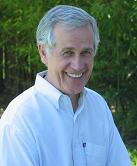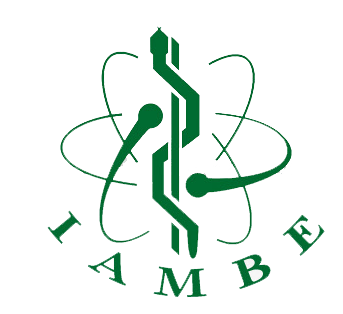
Geert W. Schmid-Sch?nbein is Distinguished Professor in the Department of Bioengineering at the University of California San Diego. He received his Ph.D. degree in Bioengineering at UCSD. After a Post-doctoral Fellowship in the Department of Physiology of Columbia University, New York, he joined the faculty of the Department of Bioengineering at UCSD in 1979. He teaches bioengineering and biomechanics of living tissues, biorheology and microcirculation, cell and molecular biomechanics with applications to inflammation, pathophysiology and diseases.
He is Founding Member of the American Institute for Medical and Biological Engineering, and was President of the Biomedical Engineering Society (1991 – ’92), the North American Society of Biorheology (1998 – ’99), and the Microcirculatory Society (2003 – ’04). He is Fellow of the American Heart Association, the Biomedical Engineering Society, the Cardiovascular Section of the American Physiological Society, and the International Federation for Medical and Biological Engineering, and he is Member of the National Academy of Engineering. He was co-founder of the US National Conference on Frontiers in Biomechanics (2003), Chair of the Gordon Research Conference on Molecular Mechanisms in Lymphatic Function and Disease (’08), is Chair of the World Council for Biomechanics (2010 – ’14) and Chair of the US National Committee on Biomechanics (2011 to ’13). He serves as consultant for the National Institute of Health, the National Science Foundation, science funding organizations in several countries, and is science advisor to several corporations.
He published over 400 peer-reviewed research reports, several books, consensus reports and patents. His team developed the first quantitative model of the microcirculation in skeletal muscle based on realistic microanatomy, rheological properties of blood, and a biomechanical model of blood vessels. They directly demonstrated inflammation in cardiac ischemia and identified a deleterious role of circulating leukocytes. They provided the first direct evidence of inflammation in experimental models of stroke, in physiological shock with multi-organ failure, in diabetic retinopathy, in chronic venous disease, and in arterial hypertension, which have been confirmed in clinical studies. They discovered the mechanisms for capillary no-reflow phenomenon due to obstruction by circulating leukocytes, and they described the mechanotransduction mechanism on circulating leukocytes and its mechanosensors.
His team discovered a fluid shearstress-mediated mechanism for pseudopod formation by actin polymerization in leukocytes and showed that the membrane mechanosensing mechanisms for this mechanism is due to membrane receptors. They discovered that caveolae in endothelial cells are formed by membrane stresses they serve as “fluid shearstress shelters” that facilitate a unique differential regulation of membrane receptors by fluid shear stress and chemical agonists.
His team discovered a second valve system in lymphatics as biomechanical basis for the lymph pump.
The team carries out engineering analysis of human disease and inflammation with the objective to answer one of the most fundamental questions, what are trigger mechanisms that cause cell and tissue injury and failure of organ function. They discovered in shock/sepsis and multi-organ failure a mechanism for cell/tissue/organ degradation due to digestive enzymes, designated as “Auto-Digestion” and developed a new treatment to minimize autodigestion that is in clinical trials. Furthermore, the team provided evidence that Type II diabetes, arterial hypertension, leptin-resistance, immune suppression, endothelial apoptosis and other co-morbidities in the Metabolic Syndrome X are due to an unchecked proteolytic activity that causes cleavage of the extracellular domain of membrane receptors.
He is editorial board member for journals in Biomechanics, Cellular & Molecular Bioengineering, Biorheology, Physiology and Pathophysiology. He was Chair of the World Council for Biomechanics, the 2008 Landis Award winner of the Microcirculatory Society, Poiseuille Gold Medal Award winner by the International Society for Biorheology, and the Nishimaru-Tsuchiya International Award by the Japanese Society for Microcirculation.
